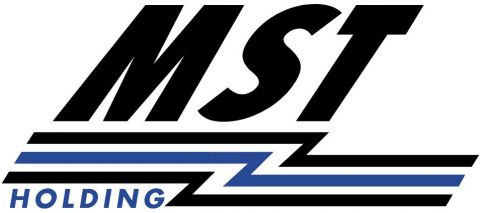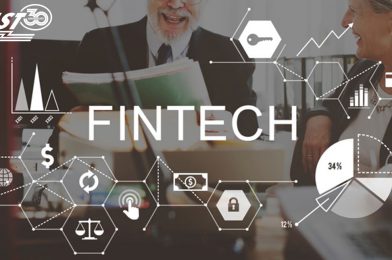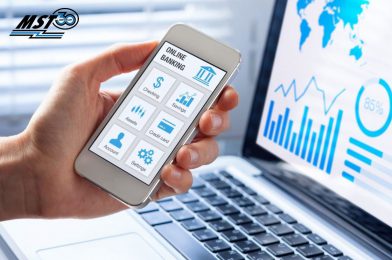Customer experience, or CX, is fast becoming the competitive differentiator in the banking industry.
Banks, and financial institutions that invest in customer experience achieve, on average, higher recommendation rates also a higher share of wallet, and are more likely to cross-sell and up-sell alternative products and services.
According to a recent Gartner study, 81% of companies compete primarily on the basis of the customer relationship, making that point a key competitive differentiator for banks. The Gartner study also reveals that the better a customer’s experience in terms of quality, the more likely they are to remain loyal to a particular brand or institution. This means that CX has the power to improve customer retention.
So, in summary, it is critical that the banking sector gets its CX strategy right.
As CX plays an growing role in a bank’s success, what will the consumer banking landscape look like in the next five years? And what emerging CX trends will we see introduced in that time?
• Products and services integrated into mobile applications to deliver personalized experiences
Customer “self-service” is one of the fastest growing CX trends in the banking industry today. Because most customers using mobile apps for a wide range of services (such as shopping, utilities, etc.), it is almost an expectation that banks will offer this service as well. The teams and associated expertise needed to create, manage and optimize such applications are not difficult for enterprise organizations to manage internally. Ensuring a personalized in-app experience that allows many customers to self-manage within their application will help to strengthen their engagement.
• The evolution of AI
Instead of waiting on the phone, customers now have the option to consult AI-enabled chatbots when faced with challenges. These chatbots process information from diferents sources, such as the bank’s knowledge base and CRM customer profiles, to respond to customer service requests. If a particular request exceeds the chatbot’s capabilities, it is automatically referred to a live service representative who can help the customer find a solution. Best of all, more and more banking applications are offering chatbot technology as a native functionality, meaning customers can quickly resolve issues from anywhere, anytime.
• The rise of digitalization
The pandemic and impending closures limited, and in some cases eliminated, customers’ ability to physically visit their banks. This fact has caused the voice channels were often overwhelmed. To deliver a great customer experience, it is critical that banks offer customers alternative digital channels as another method of customer service and support. But this is easier said than done. Deploying an integrated omnichannel communication strategy with end-to-end reporting and data is one thing, and providing the tools and support to less tech-savvy customers is another challenge that banks have yet to settle.
• Humanizing digital interactions
Offering customers a range of channels is a good first step in delivering great CX in banking. However, while many customers may be comfortable interacting with a “bot,” there will be just as many who struggle with a lack of humanization in their interactions with the bank. This is especially true when those interactions involve the exchange of sensitive information or data. Therefore, it is critical that banks find ways to soften the use of bots by giving them personalities and allowing that bot service to join the human-assisted service.
So we have the four key trends in CX that will be seen in the banking landscape in the coming years.
What is clear is that the banking industry is changing constantly and very fast, and CX is a clear differentiator for consumers when choosing the bank where will continue with.
At MST Holding, we help financial institutions deepen their connection with customers around the world. With more than 30 years of experience in the banking sector, we drive the improvement of the Customer Experience as a key factor for the growth of finance companies thanks to their own customers.










